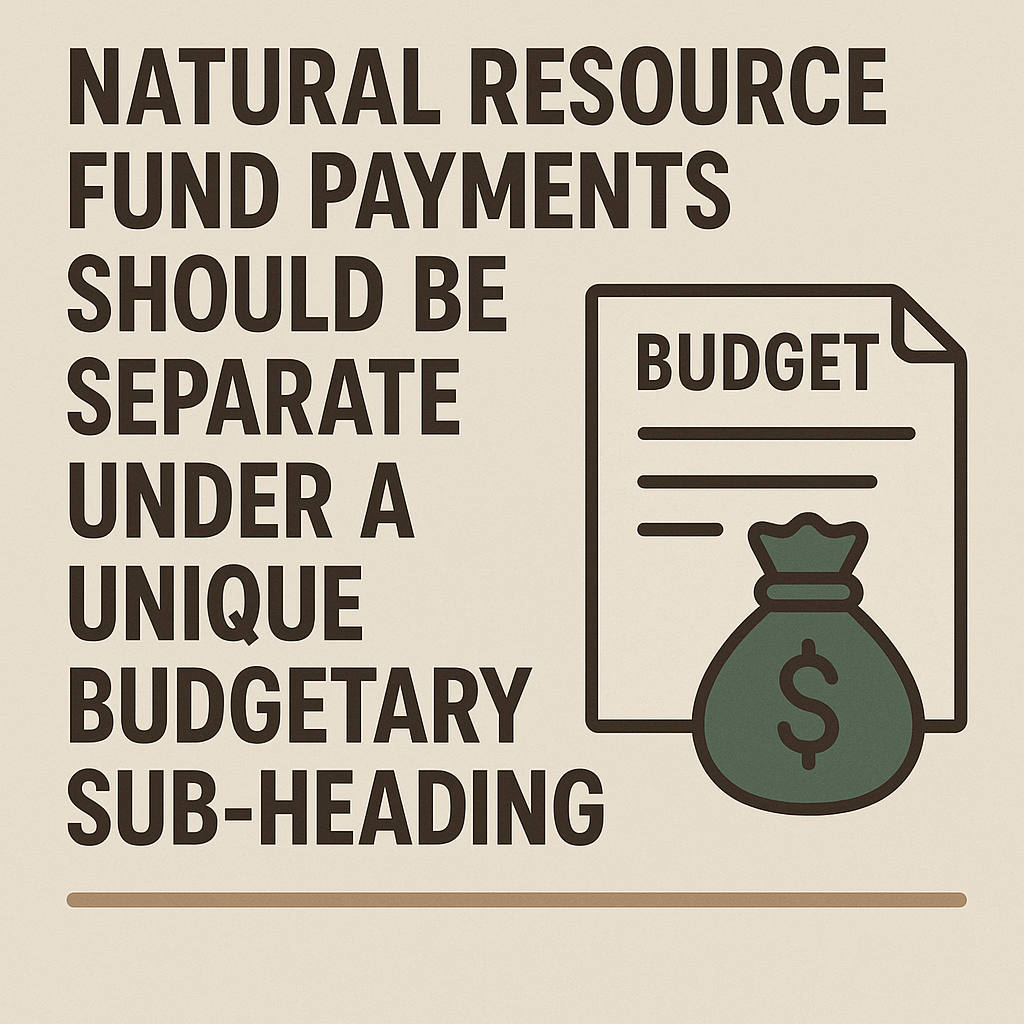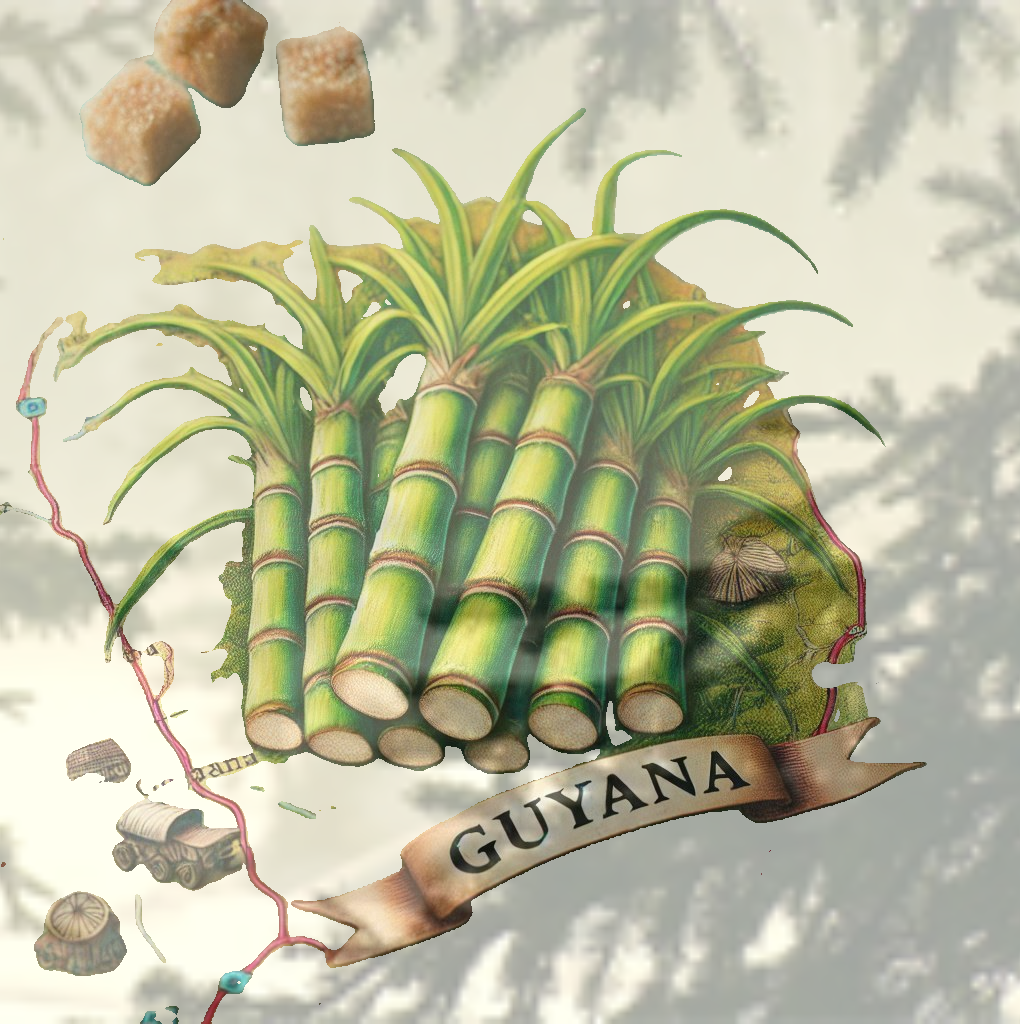Articles by Dr. Tarron Khemraj appearing on his business page in SN 2023/09/24 and SN 2023/09/10 require some comments, since the use of ‘Balances from Abroad’ imply that Commercial Banks have readily available sources of foreign exchange that are liquid balances and can be deployed to make good any foreign exchange ‘shortage’ affecting the Private Sector. A realistic assessment of a shortage requires looking at all sources and all uses of foreign exchange and the effects on Net Foreign Assets of the Banking System, a source of residual financing. Further, the overall economy may be judged by the level of Exports minus Imports and the resulting number of months of Imports that the Banking System’s Gross International Reserves would support. For example in the years 2000, 2019, 2022 the number of months of Imports of Guyana’s Goods and Services supported were 4.5, 1.8, and 1.1 respectively.
In Khemraj’s articles:
1. ‘Due From Balances’ and ‘Due to Balances’ are offshore inter-bank balances used for clearing overseas Commercial Banks customers’ checks as Dr. Khemraj correctly pointed out. However, these balances are not a source of foreign exchange. These inter-bank balances sum to zero in a Consolidated Statement of the entire Banking System (something that I had done manually up to the mid-seventies).
2. The Commercial Banks, CMBs do make ‘Loans to Non-residents’ that could be called in to top-up their Liquid Assets held abroad if that is feasible for the CMBs. They also take in Foreign Deposits that would reduce their abilities to increase their short term Foreign Balances as liquid foreign exchange assets. Their net holdings abroad in 2019 and 2022 were US$157 and US$273 million respectively. (See Bank of Guyana Annual Report 2022, BoG Table 2-1(a) and 2-1(b)).
3. Given the Oil Industry growth in Export Sales of Crude oil, I do share Khemraj’s concern for a foreign exchange ‘shortage in a booming economy’. The full Sources and Uses of Funds, SU methodology, in the National Balance of Payments Accounts are summarised in BoG Table 8.1, page 150.
The information is quite revealing, since the opportunities for increasing the supply of Foreign Exchange could be identified, along with the potential to manage Sources and Uses of inflows and outflows, instead of relying on the ‘invisible hand’ of the market place to increase foreign exchange supply. An analysis of SU Funds would indicate that the oil industry uses up a substantial portion of the Guyana’s Export Earnings for the repatriation of real Capital Investments and Loan Repayments, plus a certain percent of Import Related Services and Investment Income services, as follows for 2022 in US$ millions:
A Major Source of Funds:
Oil Exports $9,874 (or 87 percent of Total Exports)
Non-oil Exports $1,425 (or 13 percent of Total Exports)
Reported Uses of Funds, including services estimates: $8,393, of which: Repatriation of Capital and Loan Repayment – $3,054 million.
Exports in the ratio 87% oil to 13% non-oil is used as an 80/20 ratio to split the Total Services below:
Import Related services, $3,566; 80% of $3,566 gives $2,853 oil-related.
Investment Income Related services, $1,342; 20% of $1,342 gives $1,074 oil-related.
EEPGL profit share $1,412, oil related.
The difference between Oil Exports inflows, $9,874 and Oil related outflows, $8393 leaves extra oil inflows of $1,481 million.
The burning question is whether the oil sector is contributing to national economic development proportionate to its size and rapid growth? Guyana is using up its National Resource Fund savings for National Development instead of accumulating passive income for its Social and Economic sectors. For example, the cost of the Prosperity FPSO has been stated as US$1,763 million, exceeding the left over Export Oil proceeds, while there is great need for current and capital spending in Health and Education around the country.
Related to the need for additional revenues, the off-shore based Guyana’s FPSO assets are providing services without a trace of Rental Income flowing into the Treasury. Reportedly, there had been advance Rental Income prepaid for on-shore based assets. There is no published payment to the Guyana Revenue Authority for use of the FPSOs that appear to be owned and paid for by Guyana.
The oil sector is maximizing its outflows, while leaving Guyana with a slither of resources to rebuild an oil economy for the oil companies’ use, inland with all of Guyana’s sacrifices, extra roads, additional facilities and human resource requirements, congested environment, and so on. Does Guyana deserve its profit taxes and higher royalty payments in its National Treasury to move beyond a mere 15 percent oil economy?
Sincerely,
Ganga Persad Ramdas, PhD
(Economics), MA (Economics), MS (Taxation and Accounting)
Article originally published at: https://www.stabroeknews.com/2023/09/30/opinion/letters/is-the-oil-sector-contributing-to-national-development-proportionate-to-its-size/











